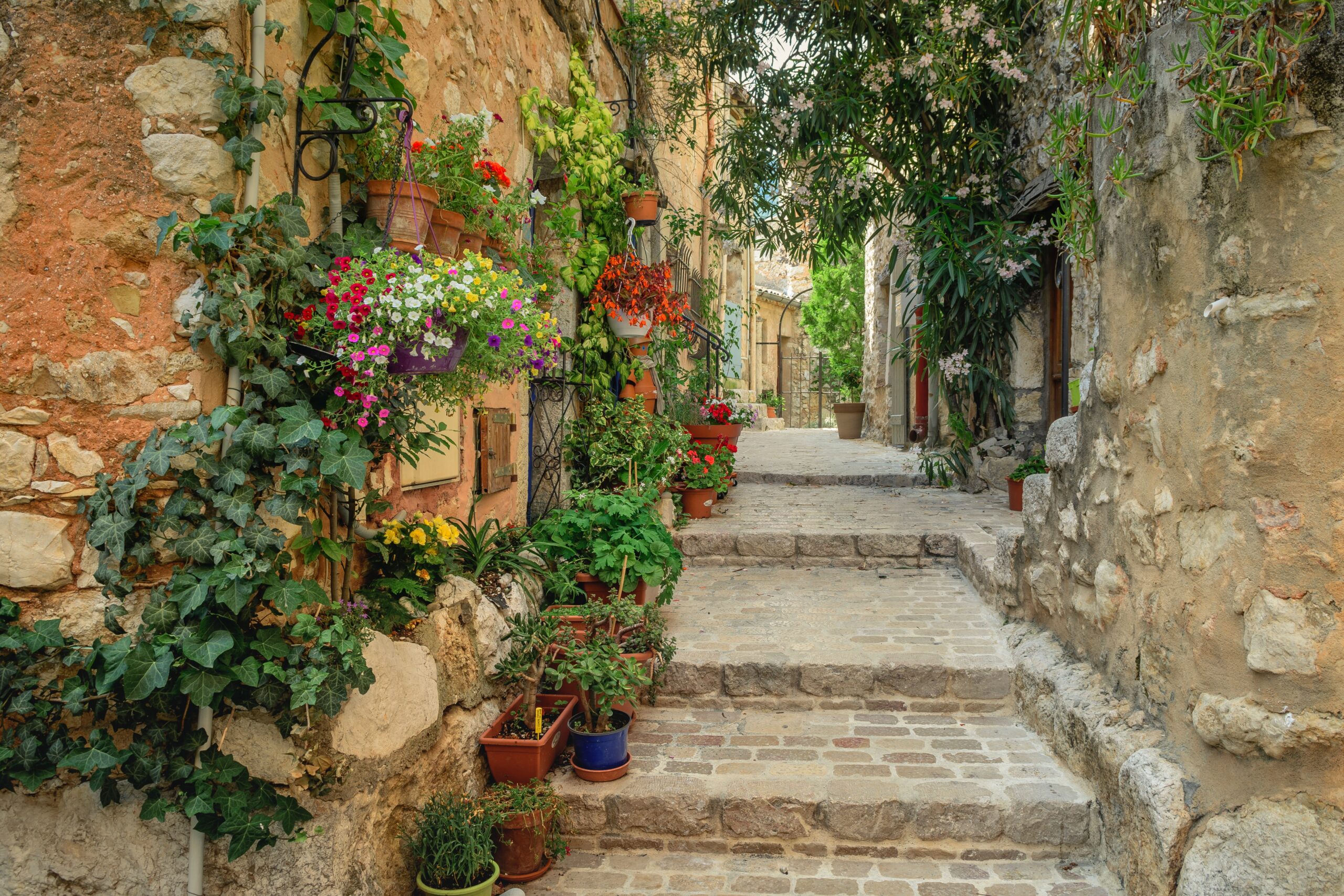
Language Diversity: Embrace the Beauty of Multilingual Expression
Introduction
Language diversity is an important part of our global society. It is a reflection of our cultural heritage and a source of pride for many people. Language diversity is also a key factor in economic growth and development, as it allows for the exchange of ideas and knowledge between different cultures. In order to embrace language diversity, we must first understand its importance and the challenges it presents. This article will explore the importance of language diversity from a global perspective, and discuss how we can better embrace it.
The Multitude of Languages
As of the latest estimates, there are over 7,000 languages spoken globally, each encapsulating the heritage, worldview, and communication style of its speakers. These languages are distributed across diverse regions, with some boasting millions of speakers, while others are on the brink of extinction, spoken by only a handful of individuals.
-
Language Families: Languages are often grouped into families based on their historical and structural similarities. For example, the Indo-European language family encompasses languages like English, Spanish, Hindi, and Russian.
-
Endangered Languages: Many languages face the threat of extinction, often due to social, economic, or political pressures. Efforts to document, revitalize, and preserve endangered languages play a crucial role in maintaining linguistic diversity.
-
Isolates: Some languages stand alone, without clear connections to other languages. Basque, spoken in the Basque Country between Spain and France, is an example of a language isolate.
Cultural Identity and Linguistic Diversity
Language is inseparable from cultural identity, serving as a vehicle through which traditions, beliefs, and stories are transmitted from one generation to the next. The connection between language and culture is profound:
-
Cultural Nuances: Each language carries unique cultural nuances and expressions that may not have direct equivalents in other languages. Understanding these nuances is key to appreciating the full richness of a culture.
-
Worldviews and Perspectives: Different languages often shape the way speakers perceive and interpret the world. Concepts that are central to one language may have no direct counterpart in another, highlighting the diversity of human thought.
-
Identity and Belonging: Language is a powerful marker of identity, providing individuals with a sense of belonging to a particular community. The preservation of languages is closely tied to the preservation of cultural heritage.
Preserving Linguistic Heritage: Challenges and Solutions
Despite the vast array of languages, linguistic diversity faces significant challenges. Globalization, migration, and the dominance of major languages pose threats to the survival of smaller languages. However, concerted efforts are being made to address these challenges:
-
Language Revitalization: Initiatives aimed at revitalizing endangered languages involve community engagement, documentation, and educational programs. These efforts empower communities to reclaim and sustain their linguistic heritage.
-
Digital Resources: The digital age has opened new avenues for language preservation. Online platforms, digital archives, and language-learning apps contribute to the documentation and dissemination of diverse languages.
-
Education and Awareness: Promoting awareness about the value of linguistic diversity is crucial. Educational programs that incorporate local languages foster a sense of pride and contribute to the continuity of linguistic heritage.
The Challenges of Language Diversity
While language diversity can be beneficial, it can also present challenges. One of the biggest challenges is the lack of resources available to those who are learning a new language. This can be especially difficult for those who are living in a country where their native language is not widely spoken. Additionally, language diversity can lead to misunderstandings and conflicts between different cultures, as people may not be able to understand each other.
Global Communication: Navigating Linguistic Challenges
In an interconnected world, global communication often relies on a few dominant languages. English, in particular, serves as a lingua franca in many international contexts. While this facilitates communication, it also poses challenges:
-
Language Hegemony: The dominance of certain languages can marginalize others, leading to the erosion of linguistic diversity. Efforts to promote multilingualism in various domains contribute to a more inclusive global landscape.
-
Language Equality: Embracing linguistic diversity requires recognizing the equal value of all languages. Creating spaces for multilingual communication and accommodating diverse linguistic needs fosters a more equitable global society.
The Benefits of Language Diversity
Language diversity is beneficial in many ways. It allows for the exchange of ideas and knowledge between different cultures, which can lead to economic growth and development. It also helps to foster understanding and respect between different cultures, as people are able to communicate and understand each other better. Additionally, language diversity can help to preserve cultural heritage, as it allows for the preservation of traditional languages and dialects.
How to Embrace Language Diversity
In order to embrace language diversity, we must first recognize its importance and the challenges it presents. We must also be willing to invest in resources to help those who are learning a new language. This can include providing language classes, creating language-learning materials, and offering language-learning opportunities. Additionally, we must be willing to accept and respect different cultures and their languages.
Possible Actions for Linguistic Diversity
As guardians of linguistic heritage, individuals, communities, and governments play vital roles in celebrating and preserving linguistic diversity:
-
Multilingual Education: Promoting education in multiple languages enhances cognitive development and strengthens cultural identity. Implementing multilingual educational programs is a step towards inclusive learning environments.
-
Cultural Exchange: Encouraging cultural exchange programs facilitates mutual understanding and appreciation of diverse languages and traditions. Platforms for linguistic exchange contribute to global harmony.
-
Support for Endangered Languages: Providing support for endangered languages involves community-driven initiatives, policy advocacy, and collaboration between linguists, communities, and governments.
-
Digital Inclusion: The digital realm can be a powerful ally in preserving linguistic diversity. Initiatives that facilitate digital inclusion of diverse languages in online spaces contribute to a more inclusive internet.
More articles
What is language diversity?
Language diversity refers to the variety of languages spoken worldwide.
Why does language diversity matter?
Language diversity preserves cultural heritage and fosters understanding.
How many languages are spoken globally?
Approximately 7,000 languages are spoken around the world.
What is a language family?
A language family groups related languages with a common origin.
How do languages evolve?
Languages evolve through cultural and historical influences.
What is a dialect?
A dialect is a regional variation of a language.
What are endangered languages?
Endangered languages face the risk of extinction.
How can we preserve endangered languages?
Efforts include documentation and language revitalization.
What is a lingua franca?
A lingua franca is a common language for communication.
How do languages influence thought?
Languages can shape perceptions and thought processes.
What is code-switching?
Code-switching is shifting between languages in conversation.
What is language revitalization?
Language revitalization aims to revive endangered languages.
How do languages impact identity?
Languages are integral to cultural and individual identities.
How does language diversity affect education?
Multilingual education can enhance cognitive development.
What is linguistic imperialism?
Linguistic imperialism is the dominance of one language.
What is language policy?
Language policies address language use and rights.
How do languages affect diplomacy?
Languages play a role in international relations and diplomacy.
What is a language isolate?
A language isolate has no known relatives.
What is linguistic relativity?
Linguistic relativity suggests language influences thought.
How does multilingualism benefit the brain?
Multilingual individuals often have cognitive advantages.
What are the benefits of learning multiple languages?
Benefits include enhanced communication and cultural understanding.
What is the Sapir-Whorf hypothesis?
The Sapir-Whorf hypothesis explores language’s influence on thought.
What is a constructed language (conlang)?
A constructed language is artificially created.
How do sign languages work?
Sign languages use gestures and visual cues.
What is the most spoken language in the world?
Chinese Mandarin has the most native speakers.
What are tonal languages?
Tonal languages use pitch variations for meaning.
What is the international phonetic alphabet (IPA)?
The IPA represents sounds of spoken languages.
How does language affect humor?
Language can impact humor through wordplay and cultural context.
What is linguistic anthropology?
Linguistic anthropology studies language’s role in culture.
What is language contact?
Language contact occurs when languages interact and influence each other.
How do pidgin languages develop?
Pidgin languages form for communication between groups.
What is a constructed script?
Constructed scripts are artificial writing systems.
How do languages change over time?
Languages change through phonetic, grammatical, and lexical shifts.
What is linguistic discrimination?
Linguistic discrimination is bias against certain dialects.
How do languages express emotions?
Languages use words, tone, and gestures for emotion.
What is language acquisition?
Language acquisition is the process of learning a language.
How do bilingual children develop language skills?
Bilingual children may excel in cognitive abilities.
What is translanguaging?
Translanguaging involves fluid language switching and mixing.
How do languages influence naming conventions?
Languages impact naming traditions and meanings.
What is the Universal Declaration of Linguistic Rights?
It promotes linguistic diversity and language preservation.
How does language shape social norms?
Language can reinforce or challenge societal norms.
What are language hotspots?
Language hotspots are regions with high linguistic diversity.
How do endangered languages affect indigenous cultures?
Endangered languages are linked to cultural heritage.
What is language standardization?
Language standardization establishes norms for usage.
How does language diversity impact media?
Media reflects and influences language diversity.
What are language revitalization programs?
They aim to revive and preserve endangered languages.
How do linguists study language diversity?
Linguists analyze phonetics, syntax, and sociolinguistics.
What are the effects of language extinction?
Language extinction leads to cultural loss.
What is a pidgin language?
A pidgin language simplifies communication between groups.
References
SearchSynonym.com. (2020). What is Language Diversity? Retrieved from https://searchsynonym.com/blog/what-is-language-diversity/
CareerClimbHQ.com. (2020). How to Embrace Language Diversity. Retrieved from https://careerclimbhq.com/how-to-embrace-language-diversity/
Read more about language diversity
Looking for the place where this picture was taken? Any Feedback or Question?
Comment on our instagram and we will reply.
Tell us what you want to see next.




